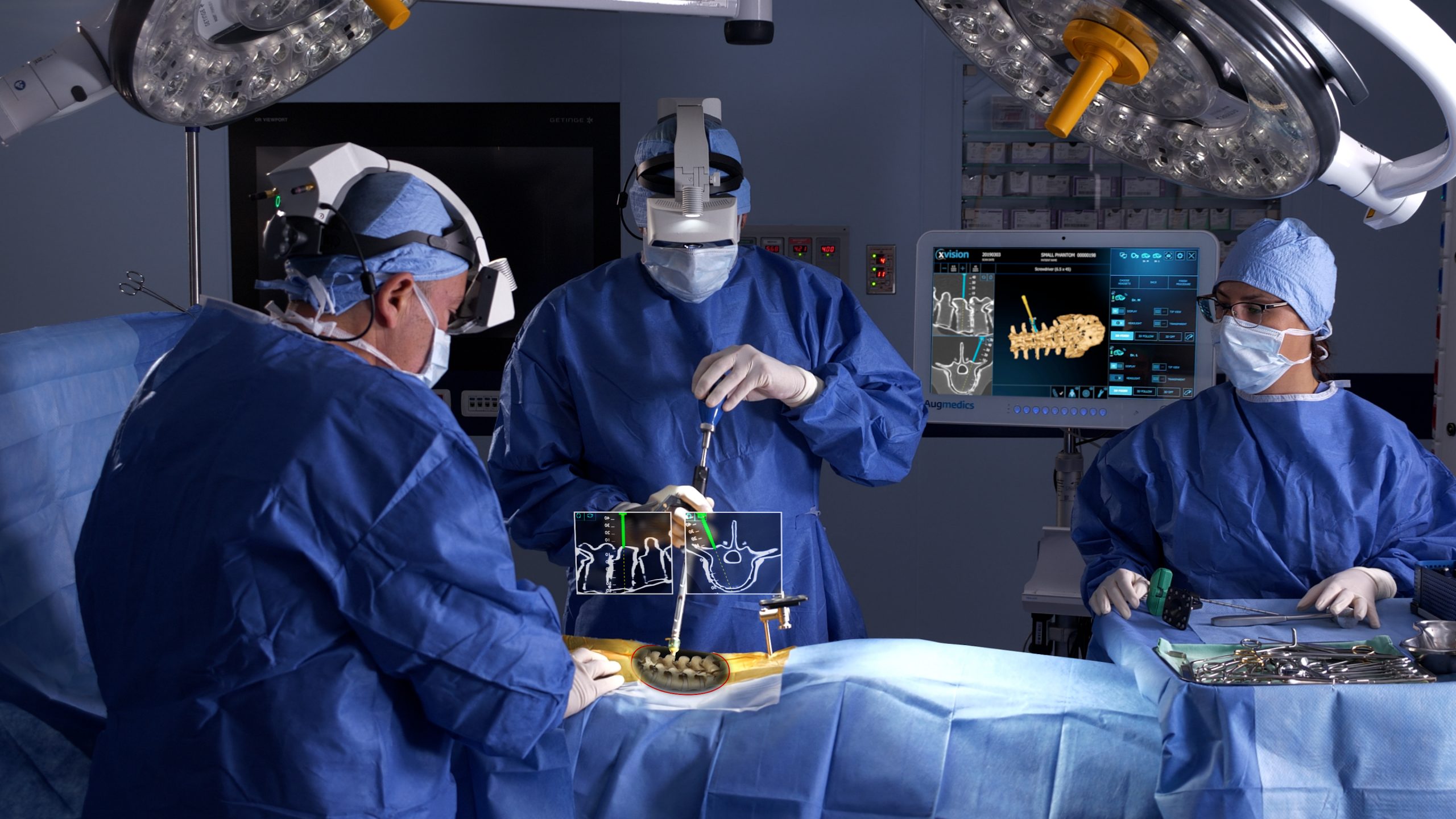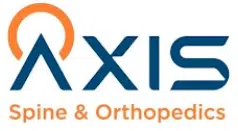Patient Success Stories with the Best Spine Surgeons in St Louis MO
Patient Success Stories with the Best Spine Surgeons in St Louis MO
Blog Article
A Summary of Spine Problems That Frequently Cause Surgical Therapies
When conventional treatments stop working to ease consistent signs,Spinal column problems such as herniated discs, spine stenosis, and degenerative disc disease frequently necessitate surgical treatments. These problems not only result in significant pain yet can additionally severely impair day-to-day performance and general high quality of life. Comprehending the nuances of each condition and the corresponding medical alternatives, such as discectomy or back combination, is vital for efficient administration. As we explore these conditions better, it comes to be obvious that the decision-making process surrounding medical treatment is multifaceted and warrants careful factor to consider.
Herniated Discs
Although lots of individuals with herniated discs might find alleviation with traditional treatments, surgery comes to be a required factor to consider when signs persist or aggravate - best spine surgeons in st louis mo. A herniated disc occurs when the soft internal gel of a spinal disc extends via its outer layer, possibly compressing neighboring nerves and leading to pain, pins and needles, or weak point in the extremities
Conservative monitoring normally consists of physical therapy, pain medications, and corticosteroid shots, which aim to minimize swelling and improve function. Nonetheless, in cases where these techniques fall short to minimize devastating symptoms, surgical choices might be explored.
One of the most usual surgery for herniated discs is a discectomy, which entails the elimination of the herniated section of the disc to alleviate stress on the impacted nerve origin. In more severe cases, spine combination might be necessary to stabilize the affected vertebrae.
Clients are encouraged to discuss the prospective threats and advantages of surgery with their health care provider to make a notified choice. Ultimately, the goal of any type of surgical treatment is to recover feature, relieve discomfort, and boost total lifestyle for individuals experiencing herniated discs.
Back Stenosis
Spine constriction takes place when the rooms within the back narrow, resulting in increased stress on the back cable and nerves. This problem can establish in various regions of the spine, including the back and cervical locations, commonly because of age-related modifications, such as degenerative disc disease, joint inflammation, or enlarging of ligaments.
Patients with back constriction may present with signs and symptoms that include pain, numbness, prickling, or weakness, primarily in the arms or legs. These signs can be worsened by activities that entail standing or strolling, frequently leading individuals to look for relief via conventional treatments like physical treatment, medications, or epidural steroid shots.
Nevertheless, when these non-surgical interventions fall short to offer adequate alleviation, surgical choices may be taken into consideration. Common procedures for back stenosis consist of laminectomy, which involves the elimination of part of the vertebra to ease pressure, and spine fusion, which maintains the affected location. The choice to go after surgical procedure is usually based on the intensity of signs and symptoms, the level of practical disability, and the overall health and wellness of the client. Motivate diagnosis and management are important to avoid more neurological compromise and enhance lifestyle.
Spondylolisthesis
Spondylolisthesis happens when one vertebra slips ahead over an additional, leading to misalignment of the spine. This condition can arise from different variables, consisting of congenital defects, trauma, or why not try these out degenerative modifications in the spinal column. It is most generally observed in the back area, particularly at the L4-L5 and L5-S1 levels.

Treatment alternatives differ based on the severity of the slippage and the symptoms offered. Conventional procedures, including physical therapy, pain administration, and task adjustment, are commonly the very first line of defense. When non-surgical approaches fall short to relieve signs or when considerable nerve compression is existing, surgical intervention may be called for. Surgical alternatives can consist of back blend or decompression procedures, aimed at bring back alignment and relieving neurological signs and symptoms. Early diagnosis and appropriate administration are essential for optimal results in individuals with spondylolisthesis.
Degenerative Disc Condition

The problem can be detected with a combination of clinical evaluation, imaging researches, and individual history. When these methods fail to give appropriate relief, surgical treatments might be thought about.
Surgical choices for DDD may consist of spinal blend or synthetic disc substitute, focused on maintaining the impacted sector and minimizing pain (best spine surgeons in st louis mo). Eventually, the choice of treatment is embellished, taking into account the extent of the condition, person health, and way of living factors
Spine Lumps

What aspects add to the growth of tumors within the spinal column, and exactly how do they show up in people? Spinal tumors can occur from different variables, consisting of hereditary predisposition, environmental influences, and pre-existing medical conditions. They can be categorized as primary growths, coming from the spinal column, or second lumps, which spread out from various other areas of the body. Patients may present with a series of signs, consisting of local pain, neurological shortages, weakness, or modifications in bowel and bladder function, depending upon the growth's size and place.
Surgical treatment might be called for to reduce symptoms, get a biopsy, or remove the lump entirely. The goal of surgical treatment is typically to unwind neural elements and support the back. Early detection and treatment are vital for optimizing results in people with spinal tumors.
Final Thought
In recap, spine conditions such as herniated discs, spine constriction, spondylolisthesis, degenerative disc condition, and spine lumps regularly necessitate surgical intervention because of their possible to cause significant pain and practical problems. While traditional treatments may use short-lived relief, surgical alternatives come to be vital when signs continue or worsen. Timely diagnosis and treatment play a vital function in restoring function and enhancing the high quality of life for damaged people, emphasizing the significance of extensive spine care.

Report this page